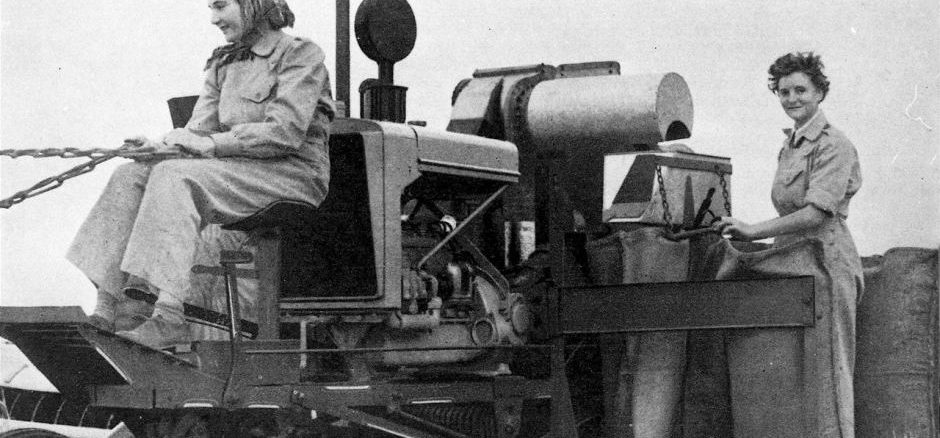
The war against coronavirus in Australia is being fought mostly by women, and this, plus the massive switch by tens of thousands of grandmothers, mothers, and daughters to working from home, could have long-term benefits for women.
Economist Tim Harcourt told the ABC the seismic change in the way Australia works since the pandemic broke out is comparable only to World War II, when the government drafted women into jobs traditionally held by men.
“They realised that it was actually very useful to have women working,” he said.
“We saw almost a permanent change — a huge increase in the labour force participation rate of females.
“Now, the coronavirus has meant that more women in particular have had to work at home.
“That will probably be a permanent change in the post-corona economy.”
If there is such a change, it’s women who would overwhelmingly benefit.
Seven in 10 primary carers are women. Half of them live in Australia’s poorest households.
It’s even more lopsided when it comes to new parents.
In non-public sector jobs, women take 95 per cent of primary parental leave.
Only 42 per cent of women return to work within two years of having a baby, which in turn contributes to the gender wage gap.
One of the biggest barriers to change has been women and their partners being tied to jobs that demand a physical presence, during set business hours.
Now, that tradition has been smashed.
Nearly 80 per cent of Australia’s health professionals are female. There are more than 265,000 female nurses here compared with 32,000 male nurses.
MoRe than 21,000 women are critical care an emergency nurses working at the frontline of the pandemic, compared to 3,486 men.
There are more than 36,000 female medical nurses compared to 3756 men.
Women also outnumber men in pharmacies.
But it is not only in health care that women dominate another frontline cohort playing a critical role in the battle against COVID-19.
More than 70 percent of people involved in education and training are also women compared to less than 30 per cent, men.
SheSociety is a site for the women of Australia to share our stories, our experiences, shared learnings and opportunities to connect.

Leave a Reply